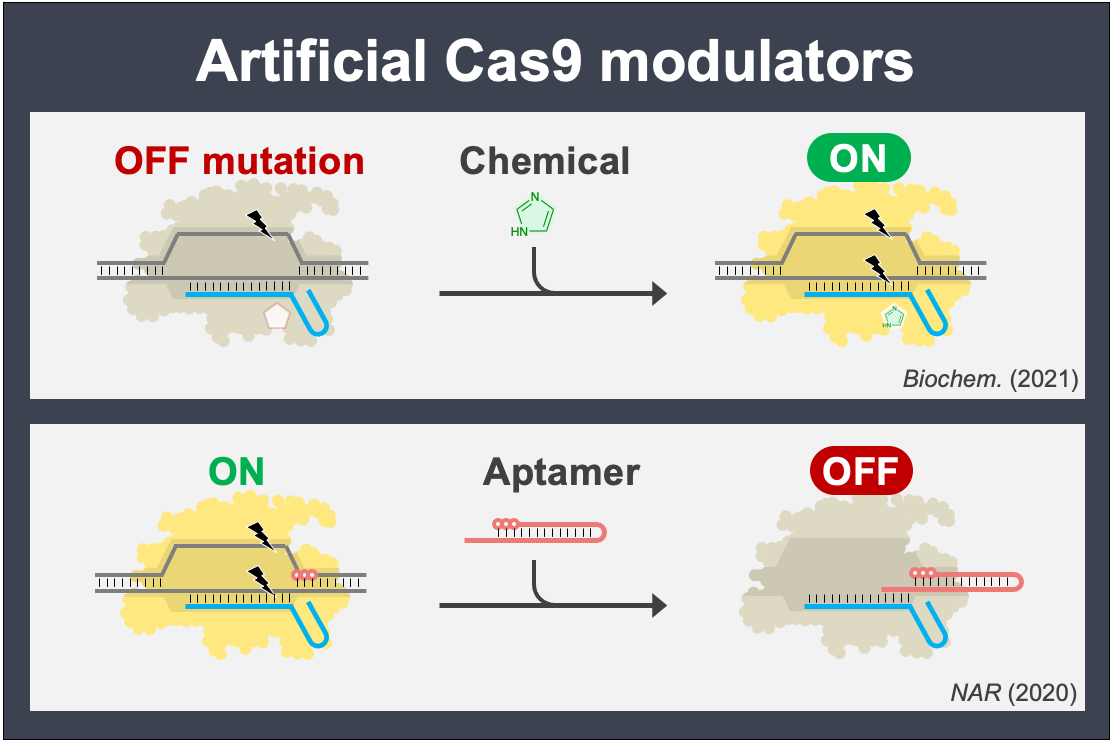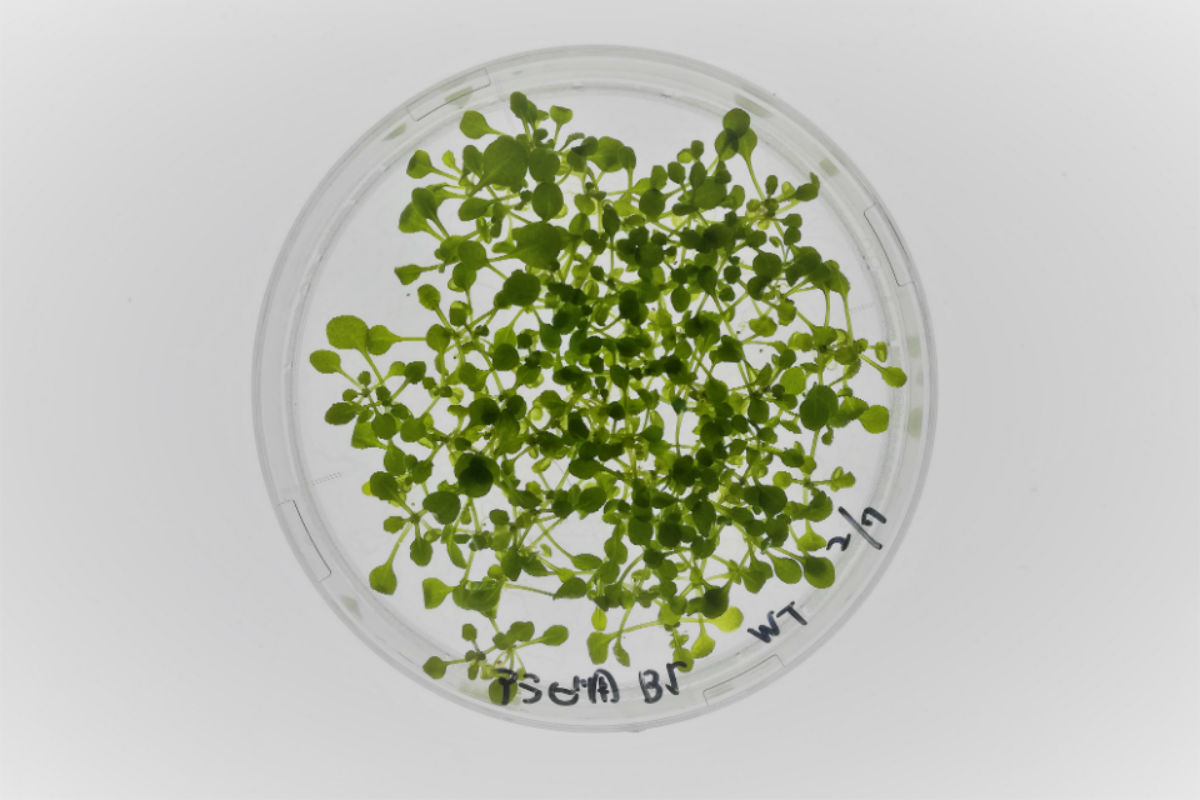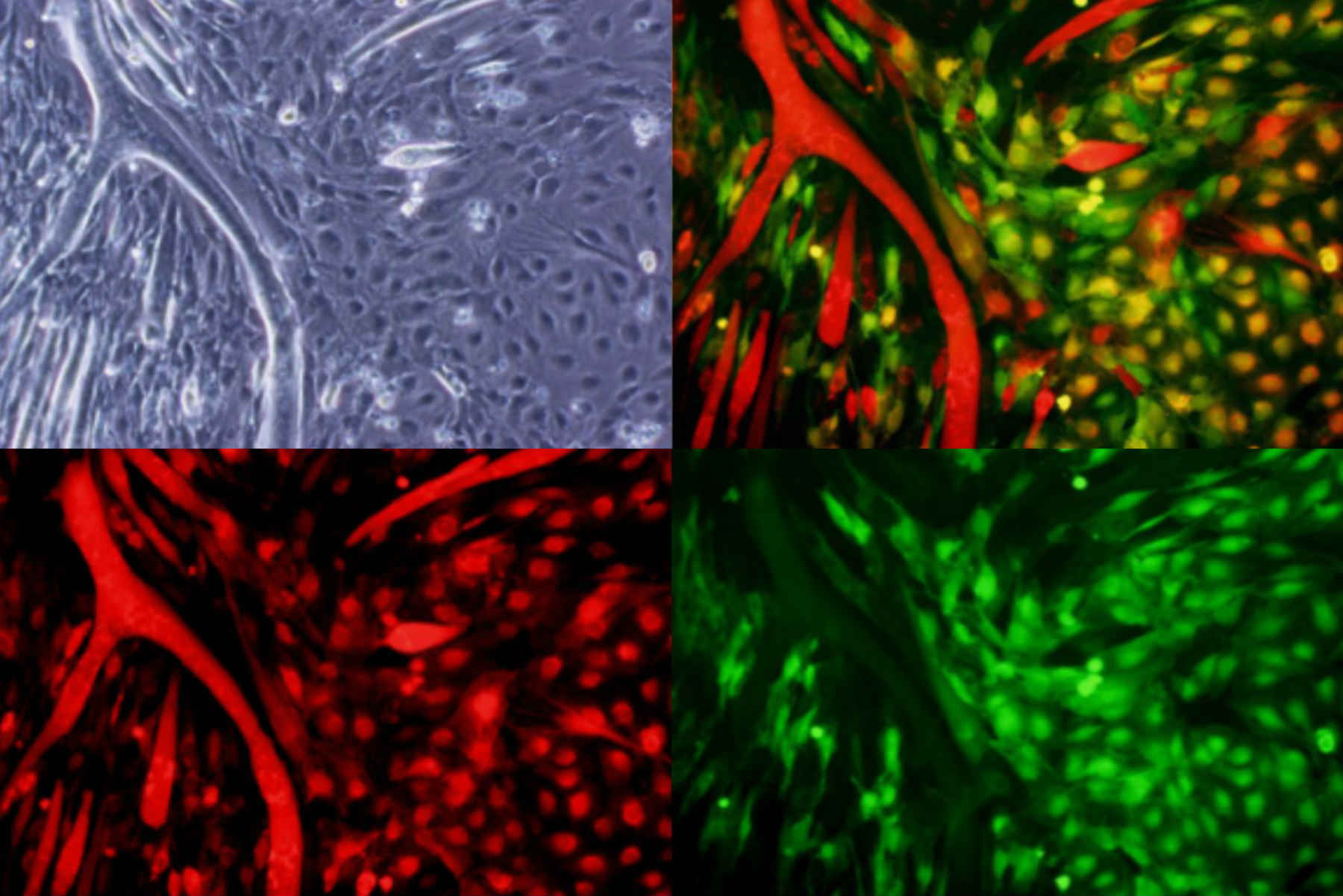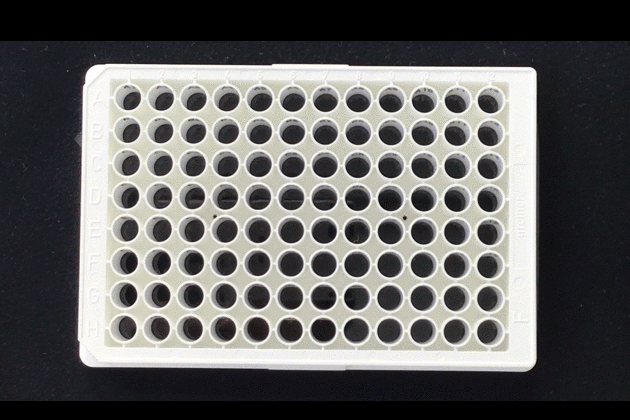Genome editing technology enables us to rewrite DNA sequence in living cells. Artificial nucleases recognize and cleave the target sequence to lead gene disruption. However, intense gene disruption may cause biological defect. We are developping "secure" genome editing technology by controlling the action (Gaj et al., 2012, Nagasaki et al., 2018, Zhao et al., 2020, Furuhata et al., 2021).

Plant cells have cell walls, and they have been considered difficult to deliver biomaterials into cells. In fact, methods including Agrobacterium infection, established many decades ago, are still used for gene delivery into plants. We are developing new methodology by applying our know-how cultivated in mammalian cells to plants (Furuhata et al., 2019a, 2019b, 2024, Viswan et al., 2022).

MicroRNA is a class of small RNA about 20 bases, which regulates gene expression. The human genome encodes over 1000 types of microRNA, and about one-third of human genes are thought to be regulated by some microRNAs. We have successfully developed a "sensor vector" that quantitatively visualizes microRNA in living cells (Kato et al., 2009, 2010, Sano et al., 2017).

The 96-well plate is an indispensable laboratory equipment for drug developments and diagnostics. However, manual operation error had been a serious problem. We have succeeded in reducing errors with our innovative "SeeWell" microplate that displays address number on the peripheral wall of the well (Patent No. JP-6044916). We are looking for companies that can commercialize "SeeWell".
